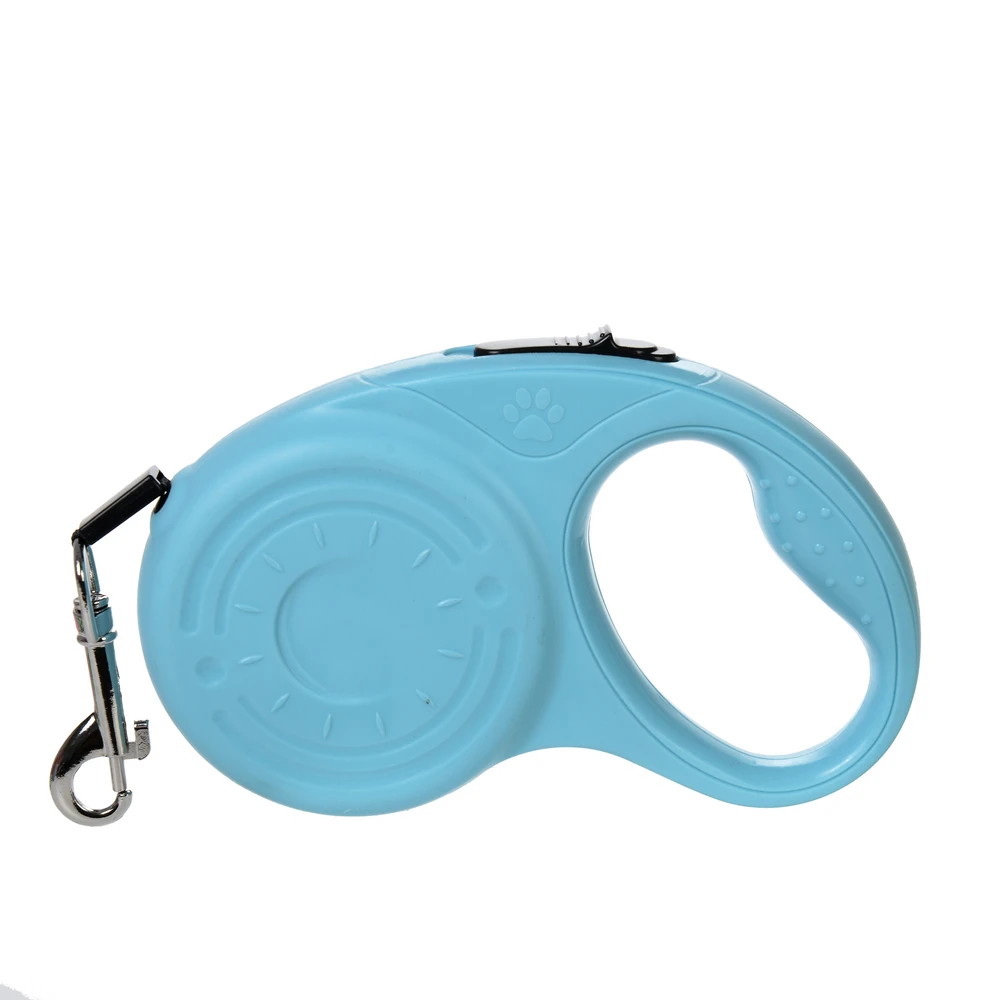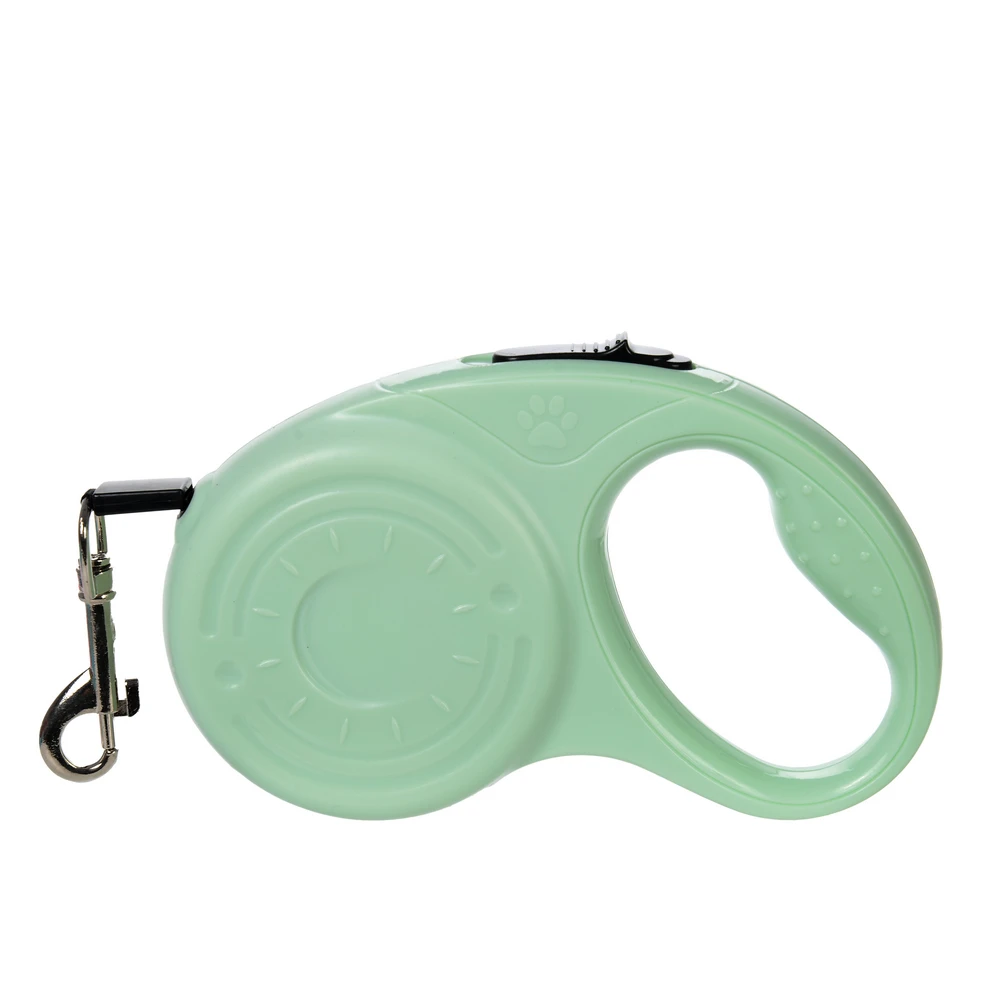Retractable leashes have become a popular choice for dog owners who want to give their pets more freedom while still maintaining control. These leashes offer the convenience of adjustable length and the flexibility for dogs to explore their surroundings. However, there are significant concerns and considerations to keep in mind when using retractable leashes. This article will delve into the safety aspects of retractable leashes, exploring their pros and cons to help you make an informed decision for your dog’s walking needs.
Understanding Retractable Leashes
What is a Retractable Leash?
Retractable leashes are designed to extend and retract with the press of a button, allowing for varying lengths of the leash. They typically consist of a sturdy cord housed within a plastic casing, with a handle that includes a locking mechanism. When fully extended, a retractable leash can provide your dog with up to 26 feet or more of roaming space, depending on the model. The primary appeal of these leashes is their versatility, giving dogs more freedom to explore while still being under the owner’s control.
How Retractable Leashes Work
The mechanism behind retractable leashes involves a spring-loaded reel that winds and unwinds the cord. When the button on the handle is pressed, the leash can either lock at a fixed length or continue to retract. Some models also come with a brake function that allows you to stop the leash from extending further. This design aims to offer a balance between freedom and control, but it also introduces specific challenges in terms of safety and usability.

The Benefits of Retractable Leashes
Enhanced Freedom for Your Dog
One of the main advantages of retractable leashes is the increased freedom they offer to dogs. Unlike traditional fixed-length leashes, retractable leashes allow dogs to explore a wider area, sniffing and investigating their environment without being tethered too closely. This can be especially beneficial for active and curious dogs who need more space to exercise and satisfy their natural instincts. The adjustable length also means you can give your dog more freedom in safe, controlled environments.
Flexibility and Convenience
Retractable leashes provide flexibility that traditional leashes cannot match. The ability to adjust the leash length at will can be particularly useful in various situations. For example, you can extend the leash when walking in open spaces, allowing your dog to wander and explore, while retracting it in crowded or hazardous areas to keep your dog close. This level of convenience can make walks more enjoyable and manageable for both you and your pet.
Potential Risks and Safety Concerns
Risk of Injury to Your Dog
Despite their advantages, retractable leashes come with notable risks, particularly related to injury. The thin cord of a retractable leash can be hazardous if it wraps around your dog’s limbs or neck. The sudden jerks from a retractable leash, especially if the brake is not used correctly, can cause physical harm. Additionally, the cord itself can potentially snap, leading to injury or escape if the leash is not in good condition. The risk of injury is amplified if the dog is strong or pulls frequently.
Safety Risks for Other People and Animals
Retractable leashes can also pose risks to other people and animals. Because the leash can extend for considerable distances, it’s easy for a dog to inadvertently invade someone’s personal space or approach other animals. This can lead to confrontations or accidents, especially if the leash is not properly retracted in time. The sudden extension of the leash can catch unsuspecting pedestrians or other pets off guard, leading to potential conflicts or injuries.

Training and Control Issues
Difficulty in Managing Your Dog
Another significant drawback of retractable leashes is the challenge in maintaining control over your dog. Unlike traditional leashes, which provide a consistent length, retractable leashes can make it difficult to manage your dog’s behavior. The variable length can lead to inconsistent training experiences, as the dog might learn to pull or wander without clear boundaries. This can be particularly problematic in training scenarios where precise control and consistency are required for effective learning.
Impact on Obedience Training
Retractable leashes can interfere with effective obedience training. The adjustable length may undermine efforts to teach commands such as “heel” or “come” because the dog is not always within a predictable range. The flexibility of the leash can encourage the dog to wander away, making it harder to reinforce commands and maintain a focused training session. As a result, dogs may become accustomed to ignoring commands when on a retractable leash, which can hinder their overall training progress.
Best Practices for Using Retractable Leashes
Choosing the Right Retractable Leash
If you decide that a retractable leash is appropriate for your dog, choosing the right model is crucial. Opt for a leash with a strong, durable cord and a reliable locking mechanism. Ensure that the leash is appropriate for your dog’s size and strength. Smaller dogs may not require as robust a leash as larger breeds. It’s also important to consider the comfort of the handle and the ease of use for the brake and locking features.
Using the Retractable Leash Safely
To maximize safety when using a retractable leash, follow these best practices:
- Always Use the Brake: Utilize the brake feature to maintain control over the leash length and prevent sudden extensions.
- Keep the Leash Short in Crowded Areas: Retract the leash in busy or potentially hazardous environments to keep your dog close and manageable.
- Monitor Your Dog’s Behavior: Be vigilant about your dog’s actions and surroundings to avoid accidents or conflicts with other people or animals.
- Regular Maintenance: Inspect the leash regularly for signs of wear and tear, and replace it if the cord or mechanism becomes damaged.
Alternatives to Retractable Leashes
Traditional Leashes
For many dog owners, traditional fixed-length leashes are a safer and more manageable option. They offer consistent control and are less likely to cause accidents or injuries. Traditional leashes come in various lengths and materials, such as nylon, leather, or chain, allowing you to choose one that suits your needs and preferences. They are especially useful for training and managing dogs in various environments.
Hands-Free Leashes
Hands-free leashes, which attach around the waist or shoulder, provide another alternative. These leashes offer the convenience of hands-free walking while maintaining better control over your dog. They can be particularly useful for runners or those who need to keep their hands free while walking their dog. Hands-free leashes also provide a more secure hold, reducing the risk of sudden pulls and allowing for better control.

Conclusion
Retractable leashes offer a blend of freedom and control that can benefit both dogs and their owners, but they come with important considerations and risks. While they provide increased exploration space and convenience, they also pose potential hazards related to injury and control issues. Understanding the pros and cons of retractable leashes, along with best practices for their use, can help you make an informed decision about whether they are the right choice for your dog. For many, traditional or hands-free leashes may offer a safer and more controlled alternative. Ultimately, the best leash for your dog will depend on their specific needs, behavior, and the environments in which you walk.









